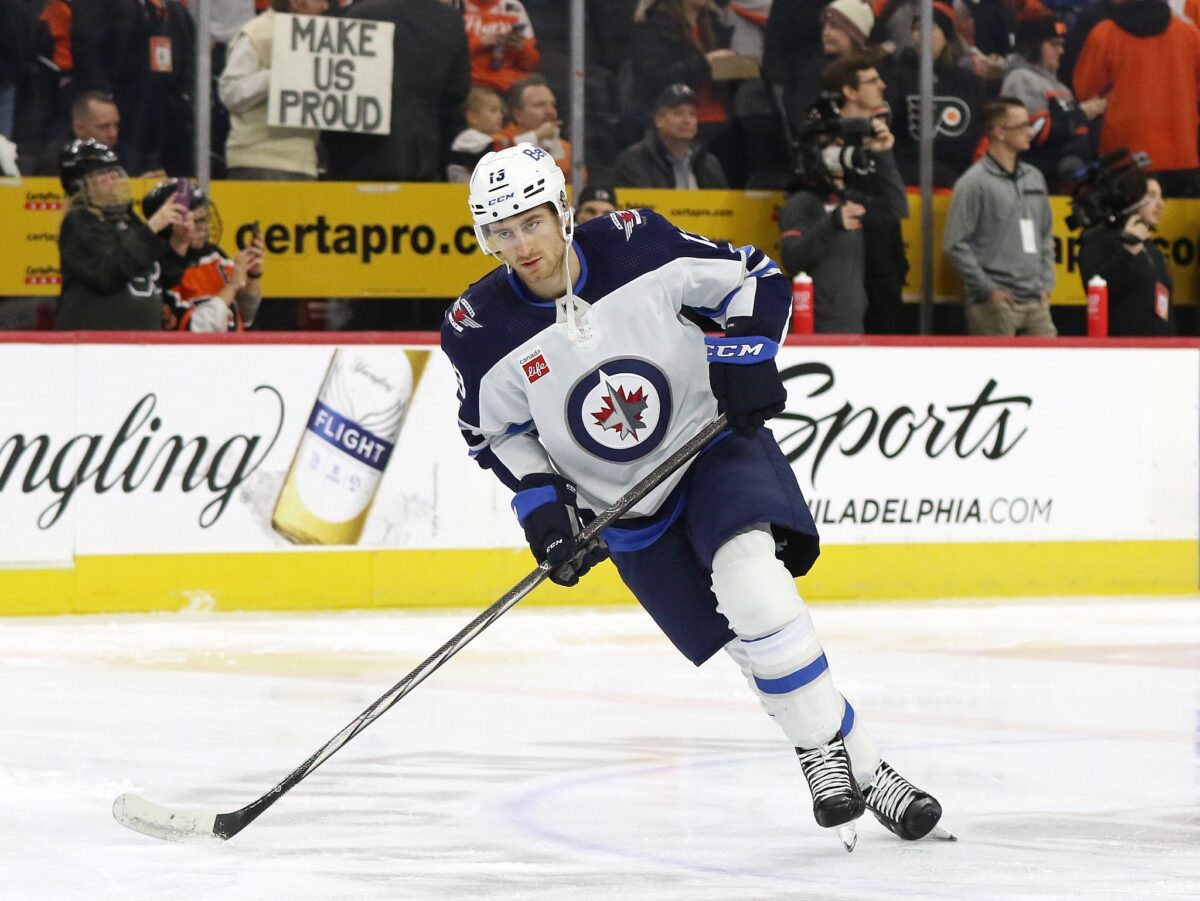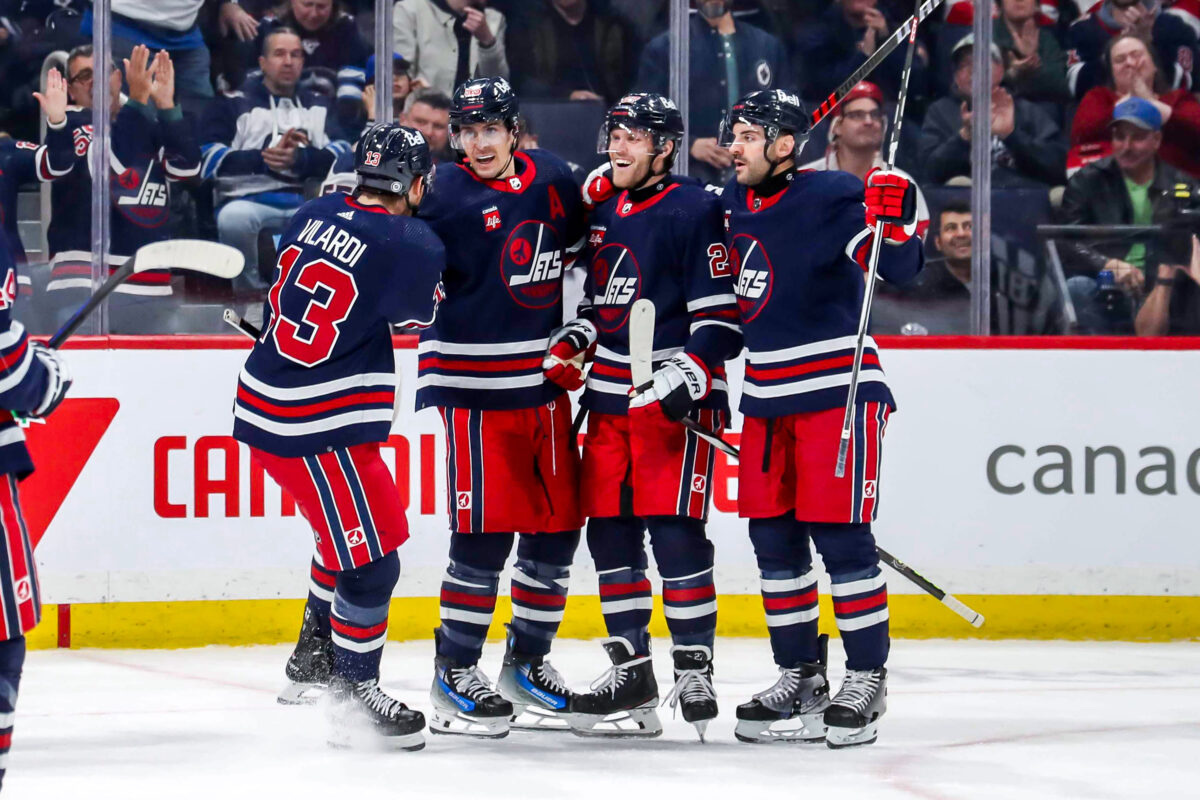The Winnipeg Jets have played eight games since returning from the All-Star break, compiling a 5-3-0 record. Those eight games, which were capped off by an overtime win against the Chicago Blackhawks on Feb. 24, have been split up between quick road trips and three games at home.
What those games have revealed, however, is that the defensive structure and even-strength dominance have faltered while the powerplay has finally begun to come along. This could become the Jets we see for a while, or it could just be a step towards a more balanced attack. Regardless, there have been moments of good and some that wouldn’t necessarily fall into that category.
The Power Play is Alive
Perhaps the biggest positive to come out of this stretch of games has been the long-awaited power play success. It has been a rough first half of the season for the Jets in the special teams department, and most of their successes have come exclusively at even strength.
Since the return to action, that trend has seemingly reversed, and the power play has driven a great deal of success and a lot of it can be traced to increased movement and extra targets. After an extended run where the power play was run through Josh Morrissey, it appears now that much of the movement is facilitated by Gabriel Vilardi near the net.

When moving the puck from low to high, there’s a better chance that the defenders will get out of place and give players the needed room to capitalize, and we’re seeing that. Vilardi has reaped the rewards of this the most, leading the team with six powerplay points (PPP) since returning from break.
Related: Jets Entering Pivotal Stretch Against Central Division Opponents
Another aspect of this recent success could simply be the addition of Sean Monahan. Monahan has had three PPPs since joining the team, but this isn’t a new strength of his game.
Monahan’s production on the man advantage was something that was coveted, as he now sits at 19 points in that category, five more than any of his Jets teammates. Simply adding that threat may be enough to take the focus off of other members of the unit, and it becomes more difficult to defend.
Top Line Getting Buried at Even Strength
The Jets had a great deal of success on the back of their 5v5 play in the first half, and a large part of that was due to some incredible production from a well-crafted top six. Now, we’re seeing lines getting run over at even strength and have been able to compensate for that with their special teams’ resurgence.
The biggest problems seem to lie with the top line, as Kyle Connor, Mark Scheifele, and Vilardi have been struggling mightily outside of the power play. They’re getting outshot, out-chanced, and are giving up as many goals as they have scored. They’re not performing up to the standard they should be held to for a top line.
Among the Jets’ lines this season with at least 80 minutes together, Connor, Scheifele, and Vilardi rank last in expected goals percentage (38.4%), shot attempts percentage (42.8%) and now sit tied for last in actual goals for percentage, sitting at 50%, or an even six for and six allowed.
Much has been said about what the solution to this problem could be, and many point to the line that helped carry the team to their franchise-best eight-game win streak. Scheifele and Vilardi, along with Nikolaj Ehlers, comprised one of the best runs as a line that we’ve seen in the NHL this season.

They were objectively dominant, and then they were split after a short stretch of unproductive games and with the return of Connor from injury. Since Connor’s return, that combination of players has not shared the ice together, and it just so happens that it coincides with the 5v5 struggles.
Reuniting that line will not solve every problem the Jets have at even strength, but it would allow for a greater talent balance and create fits for opposing coaches as they try to match up. It doesn’t appear that the coaching staff is willing to do that, however, so other solutions will have to be discussed.
It’s all highly reductive to distill the Jets’ good and bad trends into two problems, but ultimately, there have only been eight games after the break, and this is just what the team looks like. Whether it continues to look this way remains to be seen, but a healthy balance between the two would be beneficial for future success.
Expected goals, shot attempts, and goals for courtesy of Moneypuck
